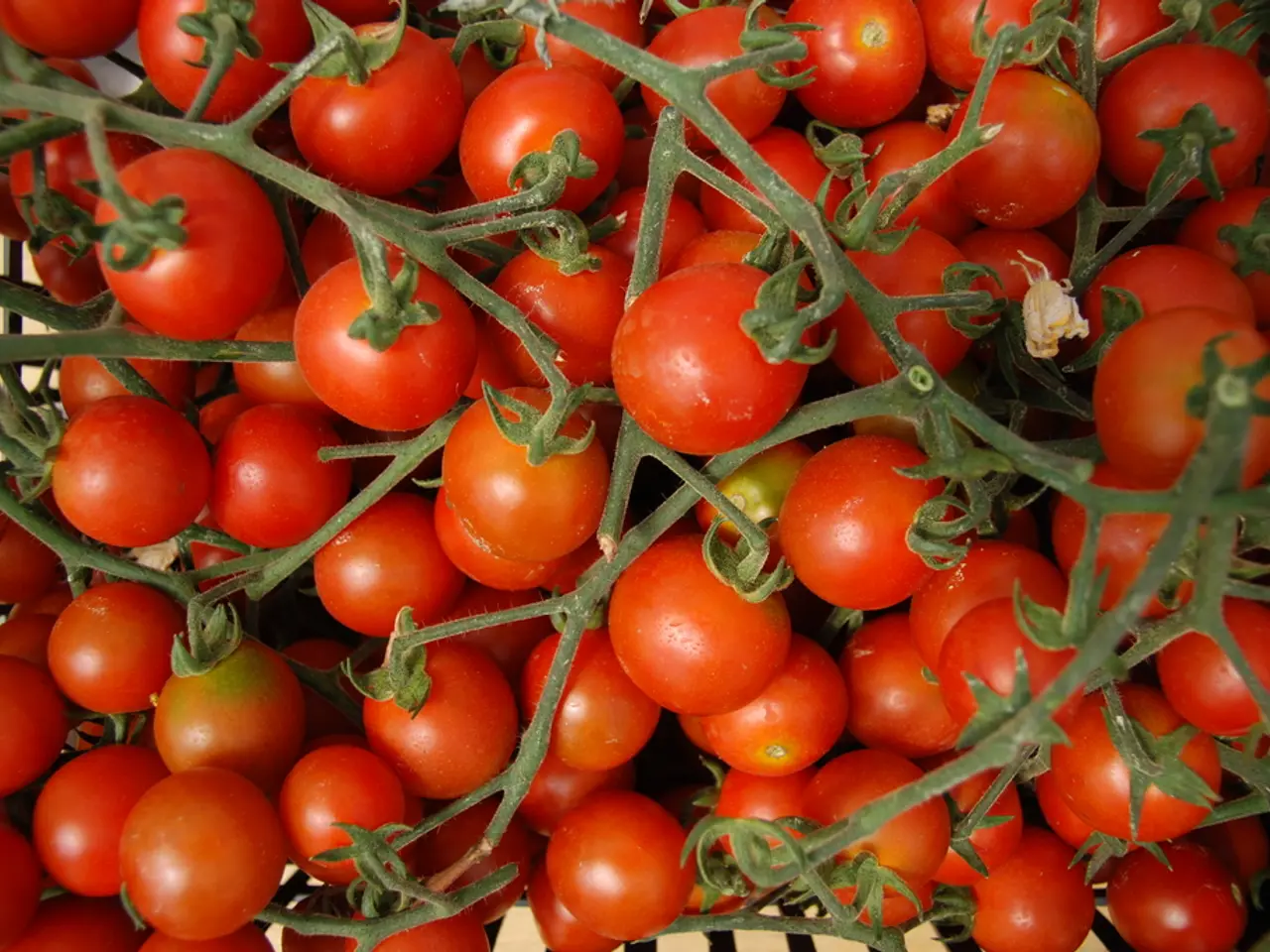Common Errors in Cultivating Tomatoes According to Experts
**Introduction**
Tomatoes, a staple in many gardens, can be a rewarding and delicious addition to your home-grown produce. With the right variety, soil, sunlight, and care, you can enjoy a bountiful harvest. Here are some key tips for successful tomato growing.
**Choosing the Right Variety**
Select tomato varieties that suit your climate, available space, and growing season. Determinate (bush) types are ideal for containers or small gardens, while indeterminate (vining) varieties need more space and support but produce fruit over a longer period. Consider disease resistance, especially if you garden in humid or rainy regions.
**Sunlight and Planting**
Tomatoes thrive in at least 6–8 hours of direct sunlight daily. Harden off seedlings before transplanting outdoors to prevent shock, and plant deeply to encourage strong root development.
**Soil and Containers**
Use rich, well-draining soil amended with compost or aged manure. For container gardening, use at least a 5-gallon pot with drainage holes per plant, and consider fabric pots for better root aeration.
**Watering**
Water deeply and consistently, about 1–2 inches per week, directing water at the base to keep leaves dry and prevent fungal diseases. Avoid inconsistent watering, which can lead to problems like blossom end rot and cracking.
**Spacing and Airflow**
Proper spacing is crucial for good air circulation and disease prevention. Determinate types should be 18–24 inches apart, indeterminate 24–36 inches. Crowded plants are more susceptible to fungal infections.
**Support and Pruning**
Support plants early with cages, stakes, or trellises, especially for indeterminate varieties. Remove suckers (shoots between the main stem and branches) to improve airflow and direct energy into fruit production. Mulch around plants to retain moisture and suppress weeds.
**Fertilizing**
Fertilize correctly with a balanced or tomato-specific fertilizer, but beware of over-fertilizing, which can promote lush foliage at the expense of fruit. Adjust feeding based on soil test results, if possible.
**Common Mistakes to Avoid**
- Not enough sunlight: Planting in shade leads to weak, unproductive plants. - Planting too early: Wait until all danger of frost has passed to avoid cold damage. - Overcrowding: Poor spacing increases disease risk and reduces yield. - Inconsistent watering: Causes fruit problems like cracking and blossom end rot. - Skipping support: Leads to sprawling, damaged plants and fruit lying on damp soil, increasing rot and pest issues. - Over-pruning: Removing too much foliage exposes fruit to sunscald and reduces photosynthesis. - Ignoring disease resistance: In humid climates, choose varieties with resistance to common diseases like blight.
**Maximizing Your Harvest**
- Rotate crops each year to prevent soil-borne diseases. - Monitor for pests and diseases and act quickly if detected. - Harvest regularly to encourage more fruit production.
By following these tips and avoiding common mistakes, you can enjoy a bountiful, healthy tomato harvest, whether you grow in-ground, raised beds, or containers. Happy gardening!
Incorporating organic compost or aged manure throughout your soil enriches it, benefiting both container and traditional gardening settings. Organic gardening practices can contribute to a more sustainable lifestyle while promoting healthier plants.
The act of learning about different tomato varieties, their unique characteristics, and care requirements is an essential aspect of the education-and-self-development category, as well as the online-education realm within the home-and-garden niche.
Decorating your garden with colorful flowers is a wonderful way to visually complement your vegetable plants, creating a harmonious space that embodies garden decor. A healthy, aesthetically pleasing home-garden is an extension of your home, showcasing your passion for gardening and gardening lifestyle.
By prioritizing disease-resistant tomato varieties and proper plant spacing, you enhance the overall health of your garden and reduce the likelihood of struggling with common diseases such as blight.
By pursuing continuous learning, rotating crops in your garden, and maintaining vigilance for pests and diseases, you're not only ensuring a productive garden but also contributing to self-improvement in the education-and-self-development realm.
Cultivating tomatoes in different environments, like in-ground, raised beds, or containers, challenges your gardening skills and provides opportunities for growth and self-development in the gardening, home-and-garden sectors.
Ultimately, the joy of planting, caring for, and harvesting your home-grown tomatoes not only provides delicious, fresh produce but also offers numerous mental and physical health benefits – a rewarding hobby for any committed gardener.
For those who share their gardening journey, knowledge, and tips through social media, television, podcasts, or blogging, educating and inspiring others in the home-and-garden community helps promote the joys and benefits of organic container gardening, directly contributing to the overall growth and popularity of the gardening lifestyle.




